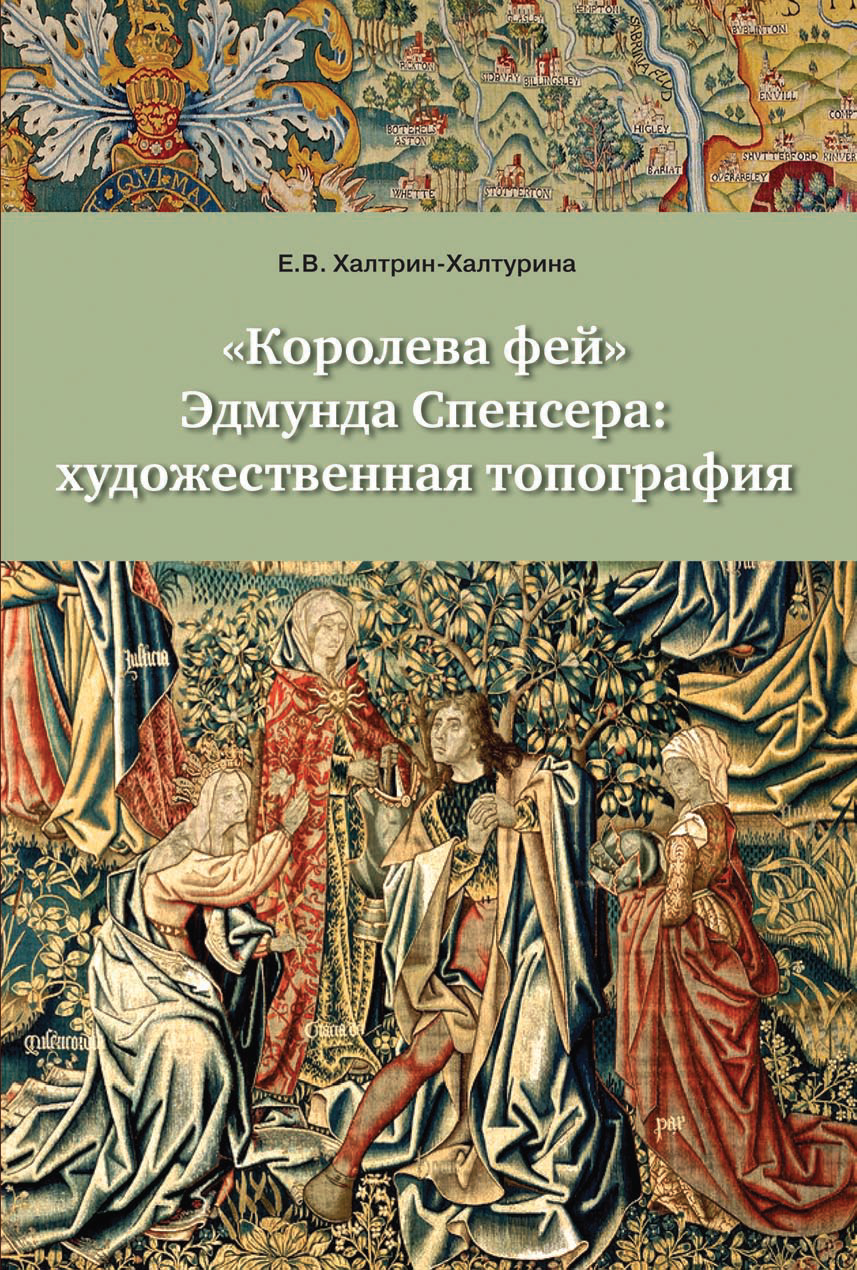Information about the author:
Elena V. Haltrin-Khalturina, DSc in Philology (RF), PhD in English (USA), Leading Research Fellow, A.M. Gorky Institute of World Literature of the Russian Academy of Sciences, Povarskaya 25 a, 121069 Moscow, Russia.
ORCID ID: https://orcid.org/0000-0003-2205-9444
E-mail:
Abstract:
This is the first book-length study of Edmund Spenser’s The Faerie Queene written in Russian and primarily for the Russian-language audience.The impact of this allegorical chivalric romance of the Late Renaissance upon the English-language literature from Shakespeare’s time down to the present day (including fantasy novels) is formidable.The multifigured composition of the poem — rich with plot turns and with images of errant knights and damsels in distress, giants and dwarfs, wizards and homunculus-like figures, dragons and sirens — is informed by the imagery of mappae mundi, emblem books, tapestries, bestiaries, treatises on natural history and the Renaissance mirror literature. In playful manner congenial to the Elizabethan mindset, the poem instructs in ethics and furthers understanding of the virtues indispensable for the nobles in charge of a great and prosperous state.
The first part of the book provides general information on The Faerie Queene: the poem is viewed against the cultural and historical background of its age and region;the poem’s structure and some features of Spenserian allegories and conceits are taken into account. The second part deals with specific spatial and topographical units embodying the virtues and vices and linking them to different sets of genres and forms of writing, including triumphs, complaints, ekphrases, anthropomorphic landscapes, mannerist blazons and anti-blazons, fabliaux, etc. The book considers the following questions: What kinds of literary spatial models were in high demand at the turn of the 15th and 16th centuries? Which features of Spenser’s fictional world might be perceived as Mannerist? How does the network of the Elizabethan meanings come across to us, provided that we appeal to cultural memory?
The book will be of interest to students of literature, culture and the history of ideas.



